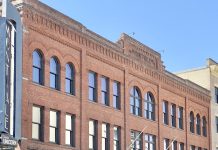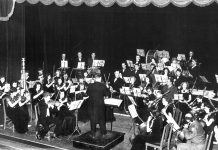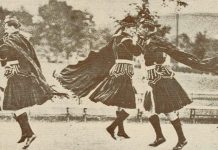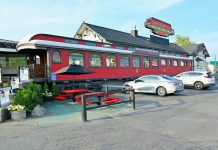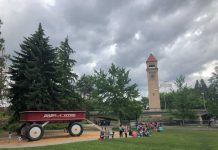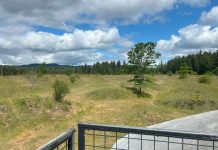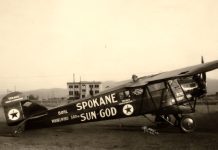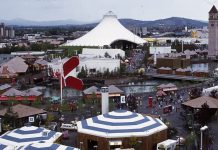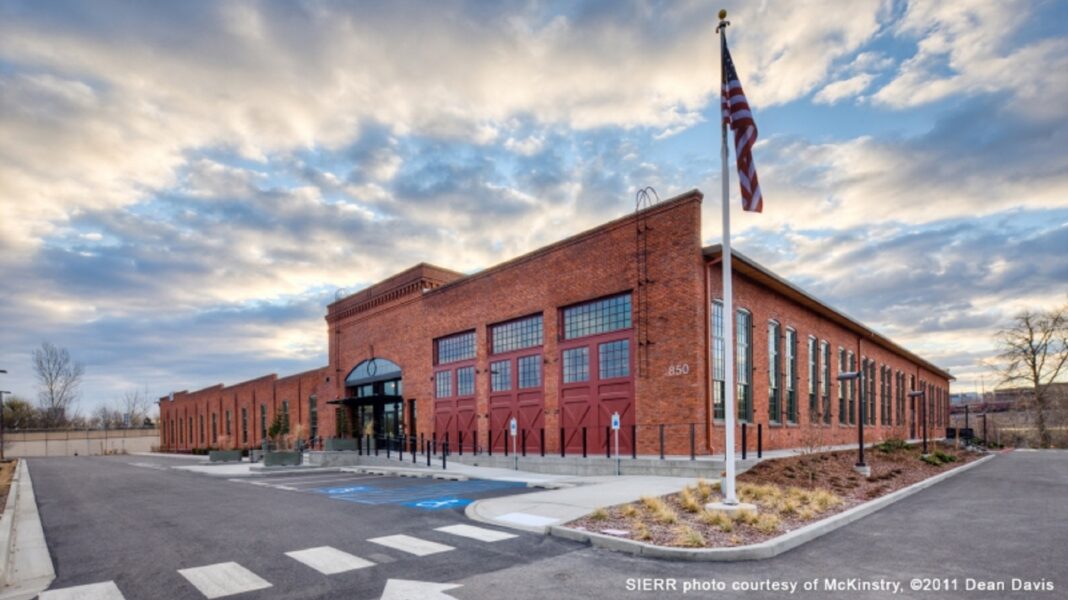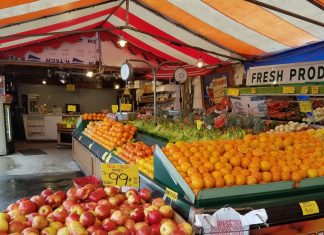Neighboring cities in Idaho may be a simple car ride away these days, but it wasn’t always that easy once upon a time. In the early 1900s, when Spokane was beginning to unfold, the city focused on the railroad as its primary source of transportation. By 1903, there was already a route between Spokane and Lake Coeur d’Alene to make travel easier between the two neighbors. By 1929, this railway system, known as the Spokane and Inland Empire, had folded into the Great Northern Railway. Though by 1940, these trains had made their last runs in the city, pieces of that history have been left behind as mementos of how far we’ve come. One such example is the Spokane and Inland Empire Railroad Building, known as the SIERR building, at McKinstry Station.
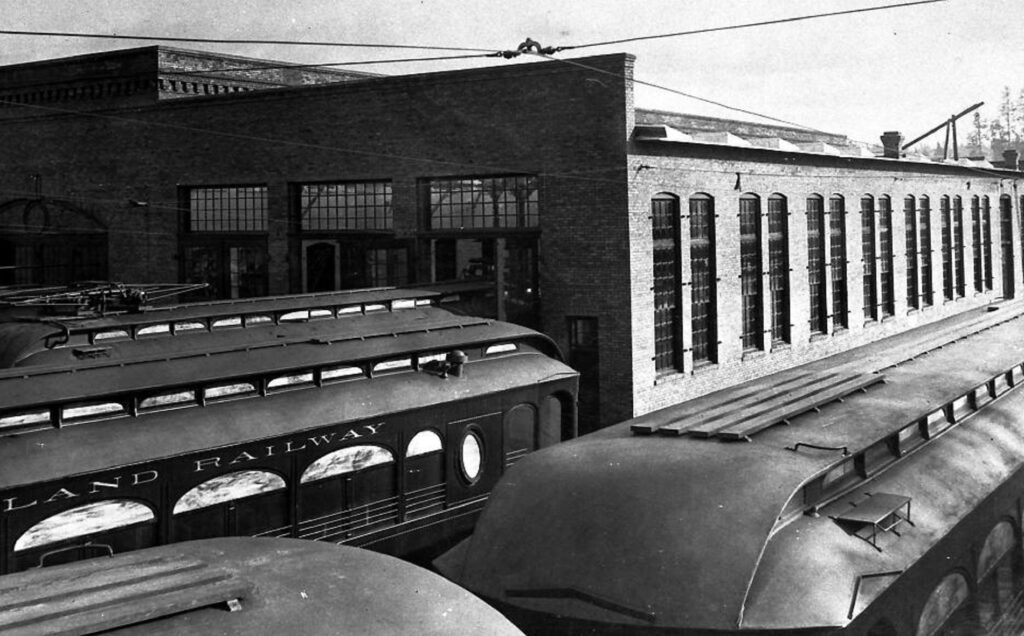
Built in 1907, the SEIRR building was originally a repair depot for the city’s first electric railway system and survives today as one of the largest, most intact examples of an electric streetcar facility from its era. The building helped advance the western United States’ development of electric interurban and city railroads in its heyday. It was pivotal in transforming the 1,000-person settlement formerly known as Spokane Falls into the bustling city of Spokane, which we all know and love. It served the city well, but the trains left the station for the last time in the ’40s. By mid-century, the building began to serve as a trucking warehouse, and a majority of the building’s historical significance had been covered up or removed.
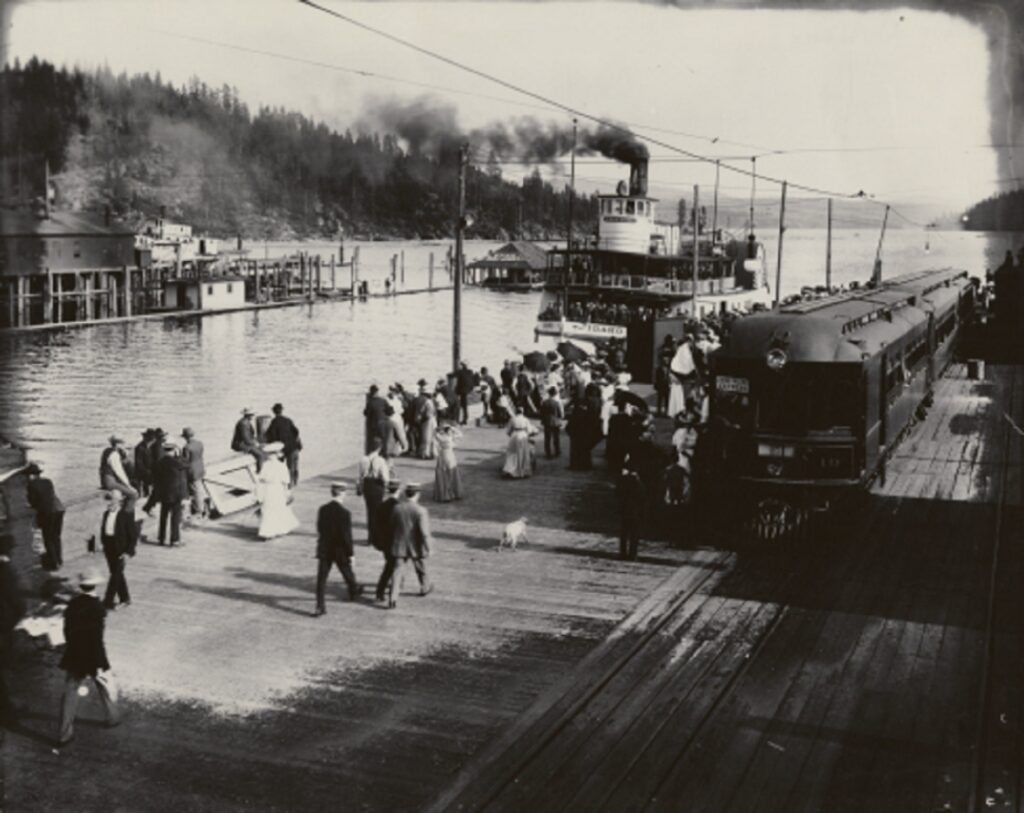
Since the building’s closure, it had sat neglected and partially collapsed as the building had once been hit by a train. In 2010 the building was officially designated as a national, historic landmark thanks primarily to McKinstry’s efforts, a construction company with a high reputation for re-purposing old buildings to make them more energy-efficient while preserving their original history. McKinstry converted the turn-of-the-century SIERR building into their innovative, energy-efficient Regional Inland Northwest headquarters, complete with green office space and retail tenants.
Designating the building as a landmark helped highlight its historical importance and brought with it substantial limitations on the degree to which the building could be redone and altered. This included keeping 70% of the original interior brick structure walls and forced the design team to focus more on hidden mechanical systems, with limited modifications to the building’s original infrastructure.
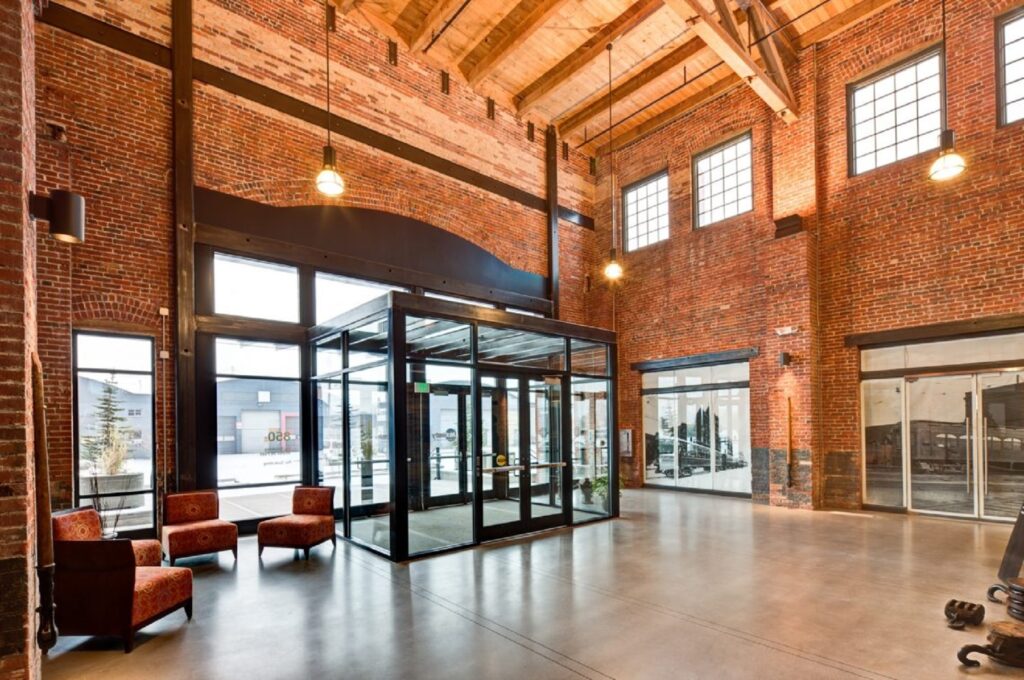
With a total project value of $20 million, the renovated SIERR building features energy efficiency systems, including ground-source heat pumps, radiant panels, and a rainwater harvesting system. The newly refurbished facility is now one of a handful of LEED Gold-certified and high-performing historical buildings in the United States. Since the project was successfully consistent with McKinstry’s company-wide methods of green deconstruction, this project achieved its target of 95% demo material being recycled. They even went as far as to remove and stabilize hazardous materials from the site and used an environmental consultant in the process to help remediate hazardous waste.
The renovation was a huge success and brought back life into what was once a crumbling piece of our history. It went on to even win numerous awards after the fact, such as the State Historic Preservation Officer’s 2012 Award for Achievement in Historic Preservation, the Valerie Sivinski 2012 Award for Outstanding Rehabilitation, and the NAIOP 2012 Night of the Stars Redevelopment/Renovation Development of the Year Award Winner.
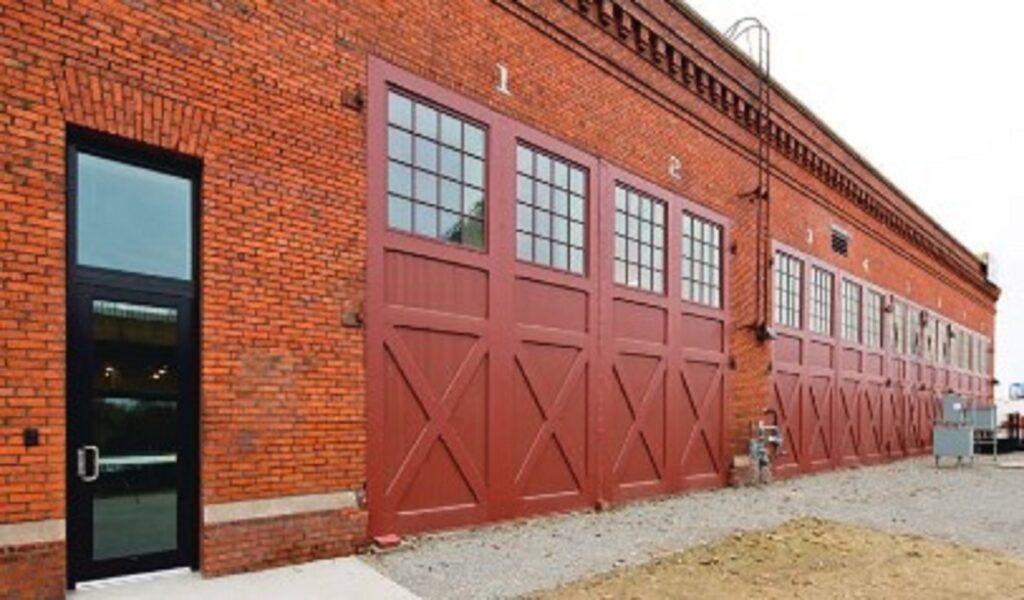
The Spokane and Inland Empire Railroad Building is, by all means, the definition of a true success story, rags to riches in building format. What was once a dilapidated building has turned into a shining example of how sustainable renovation can integrate efficiency measures into historic structures that preserve a connection to the past for all future generations to witness. Not only was the building restored, but it was also revived within our community so it may serve the people of Spokane once again as it was initially intended to do so.





